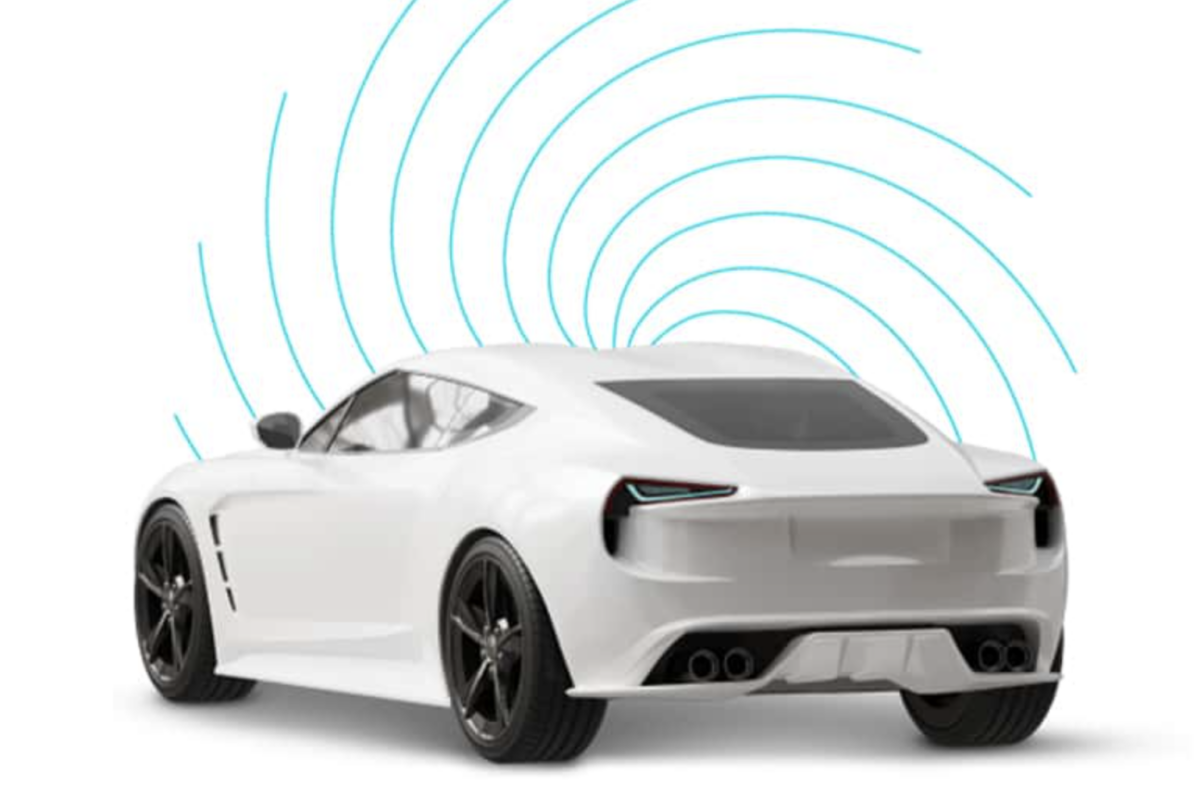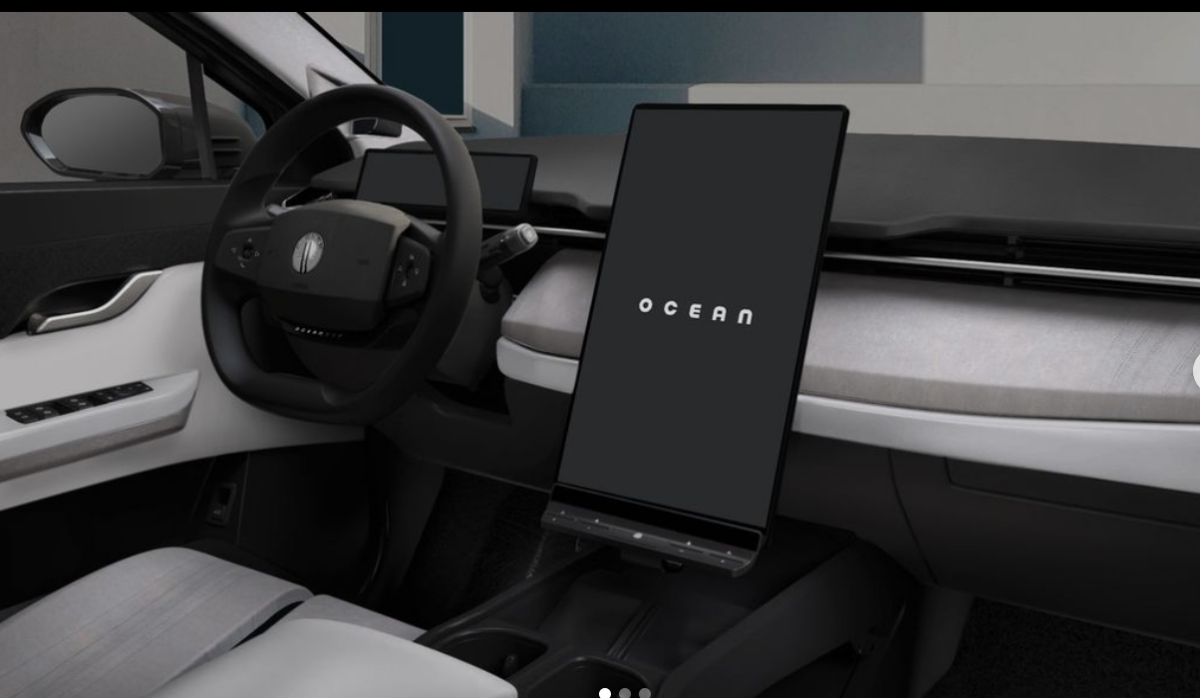Embedding intelligence within any device, let alone a 3,500lb scrap of metal, will be the next frontier of artificial intelligence (AI) innovation. It is one of the greatest, if not hardest, challenges for AI to solve: learning the speed, efficiency and reasoning of real world environments.
Research from the US Department of Transportation estimates that the introduction of completely autonomous vehicles could reduce fatalities caused from human traffic incidents by up to 94%. Yet, for the past ten to 15 years, the automotive industry has been constricted by the prevailing autonomous technology. Even before this tech’s development, it took years to get to the current state of driver assistance. Today, SAE Level 1 and 2 of driver assistance are so well established, we never give them much thought. The first provided abilities like parking assistance and the second started to power semi-automatic functions such as adaptive cruise control, where the car more or less keeps the distance to the car driving in front of it.
The next level of autonomous driving, known as Level 3, is loosely defined by SAE International as a vehicle directing a car, without a driver required to physically take the wheel. This next level cannot be reached with the current state of technology widely used in cars today and requires more powerful yet efficient performance.
So what will it take to get there?

More than deterministic algorithms
Getting to a Level 3 will give drivers the ability to be present and only intervene when needed. It would allow people to actively turn their attention to something else like reading a book or watching a movie during a long road trip. People do this today already, and because most cars cannot handle the autonomy, humans get themselves and others killed with distracted driving.
This type of automation cannot be achieved solely with so-called deterministic algorithms. The world is too complex and it’s impossible to show the car everything it might encounter or see during a trip. For the performance jump of autonomy to Level 3, vehicle systems will need two paths.
The first path will require autonomous car systems to integrate AI and ML for superior or advanced functions, including the ability to really understand the situation ahead, perfectly positioning the vehicle in the lane, even if markings are bad. A second path, completely independent from the first, will not be based on AI, but on deterministic algorithms. It will keep the car safe at all times, and will make sure that the AI solution of path one never does something dangerous. Given how complex the world is, the combination of these two solutions of path one and two will ensure a hardened security and safety for passengers.
Purpose-built hardware
Self-driving cars on the road today have large sensors bolted across the vehicle. Everything from cameras, radars and LiDARs are collecting, processing and analysing infinite amounts of data to navigate the car’s environment.

What most observers likely miss from the outward appearance is the hissing and humming of the trunk. This holds extensive amounts of equipment needed to power and process the compute of AI, including the power needed to cool these systems and keep them from melting down. A core element of these cars are graphic card chips that are abused for AI in current models.
These chips are the standard element in today’s data centres, in the cloud, where there are big power lines and massive cooling technologies. It’s very energy inefficient, but it works.
In devices like cars, in order for AI to instantaneously understand the physical world, the AI models can not run in the cloud. Cars need to make life-saving decisions within fractions of seconds and do not have the luxury of affording the delay introduced by sending data somewhere remotely while also waiting for a result of the analysis. The AI brain and processing should live in the car, not in the cloud.
A balance of energy efficiency with capability
Finally, vehicular AI is all about energy efficiency. With inefficient AI technology like what is found in graphics chips, there’s an inherent conflict between electric and autonomous vehicles. The battery life of an electric car needs efficiency of running AI within its own edge environment so it doesn’t eat up all its power by just looking out the window. If AI performance and energy consumption can be optimised in an electric car, it will radically and rapidly advance how the vehicle performs intelligent tasks. It will allow the car to move past spending its energy solely on thinking or rather interpreting what it is seeing.
Leveling up to 3, 4 and 5 with AI
The next ten years will be the industry’s greatest change since the car’s inception. These advancements of AI, hardware and software dedicated to edge machines like the car are propelling the entire automotive industry forward.
The AI brain and processing should live in the car, not in the cloud
Level 3 is the next step for advancing autonomous driving, but on the horizon is Level 4, where it will be safe to take a nap in the car. The work to attain Level 3 will introduce and take advantage of the most advanced AI within the vehicle, however it will be the shift to rely on machine learning that puts these levels within reach.
The path to the next levels depends on perfecting Level 3, and that is where the applications of innovations and disruptive work in AI and ML will be most critical to success.
About the author: Harry Kroeger leads the automotive business for computer vision and edge device machine learning startup, SiMa.ai


